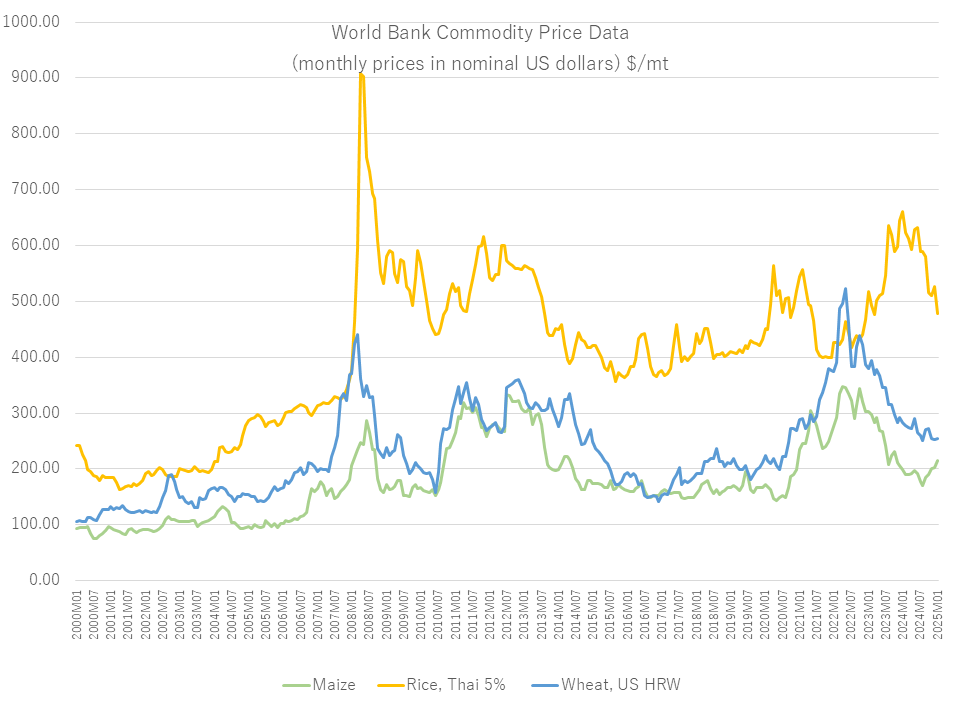Pick Up
1200. Latest Food Security Update

1200. Latest Food Security Update
On February 17, 2025, the World Bank website released the latest food security update.
Food security remains at an alarming level in most low-income countries, especially in Africa, with 61.6 million people in East Africa estimated to be food insecure, and nearly 50 million in West and Central Africa projected to face food insecurity. Conflicts and climate change continue to be the major drivers of food insecurity.
Domestic food price inflation remains high in many low-income countries. Based on information for the most recent month for which food price inflation data is available, from October 2024 to January 2025, 73.7% of low-income countries (up 1.5% since the last update on January 14, 2025), 52.2% of lower-middle-income countries (up 8.7%), 38% of upper-middle-income countries (unchanged), and 5.6% of high-income countries (down 1.8%) report inflation above 5%. In real terms, of the 164 countries for which data are available, 56% have food price inflation that exceeds overall inflation.
Since the January 2025 update, the Agriculture Price Index and the Export Price Index have ended the year up 3% and 6%, respectively. Maize and wheat prices have increased 3% and 5%, respectively, while rice prices have decreased 10%. Year-on-year, maize prices are up 10%, while wheat and rice prices are down 6% and 19%, respectively. Compared to January 2020, maize prices are up 27%, wheat prices are down 2%, and rice prices are up 14%.
According to the Agricultural Market Information System (AMIS) Market Monitor February 2025 edition, global prices for AMIS crops (wheat, maize, rice, and soybeans) are currently lower than a year ago, while maize has reached a 15-month high in international export prices due to supply concerns. For maize, the significant drawdown in world maize stocks this month and the notable decline in stocks expected to fall below opening levels indicate a tighter maize market compared to the last report and the previous season. The latest outlook for rice reaffirms previous expectations of record world production, use, and carryover, with trade also expected to expand to a new peak in 2025. Finally, for soybeans, the global production outlook remains favorable, despite concerns about adverse weather in some of the major growing regions of South America.
Contributor: IIYAMA Miyuki, Information Program
